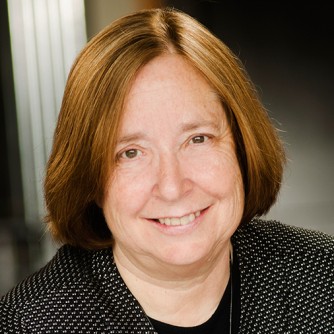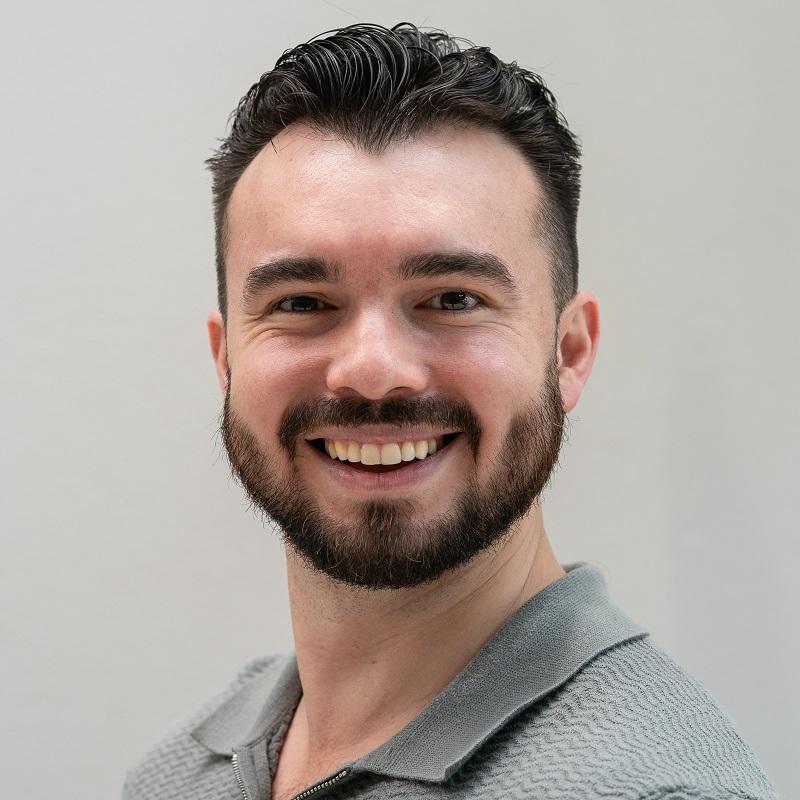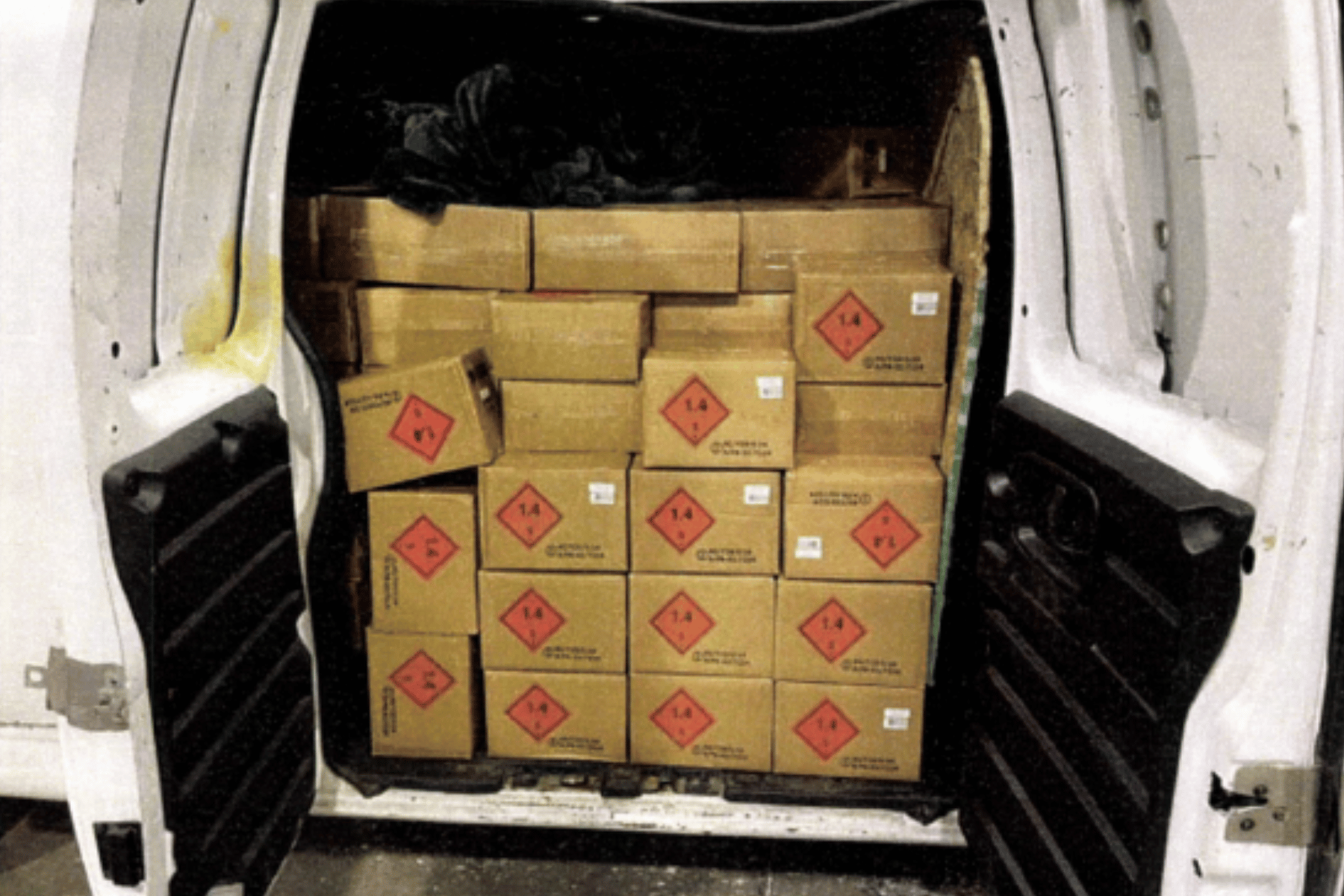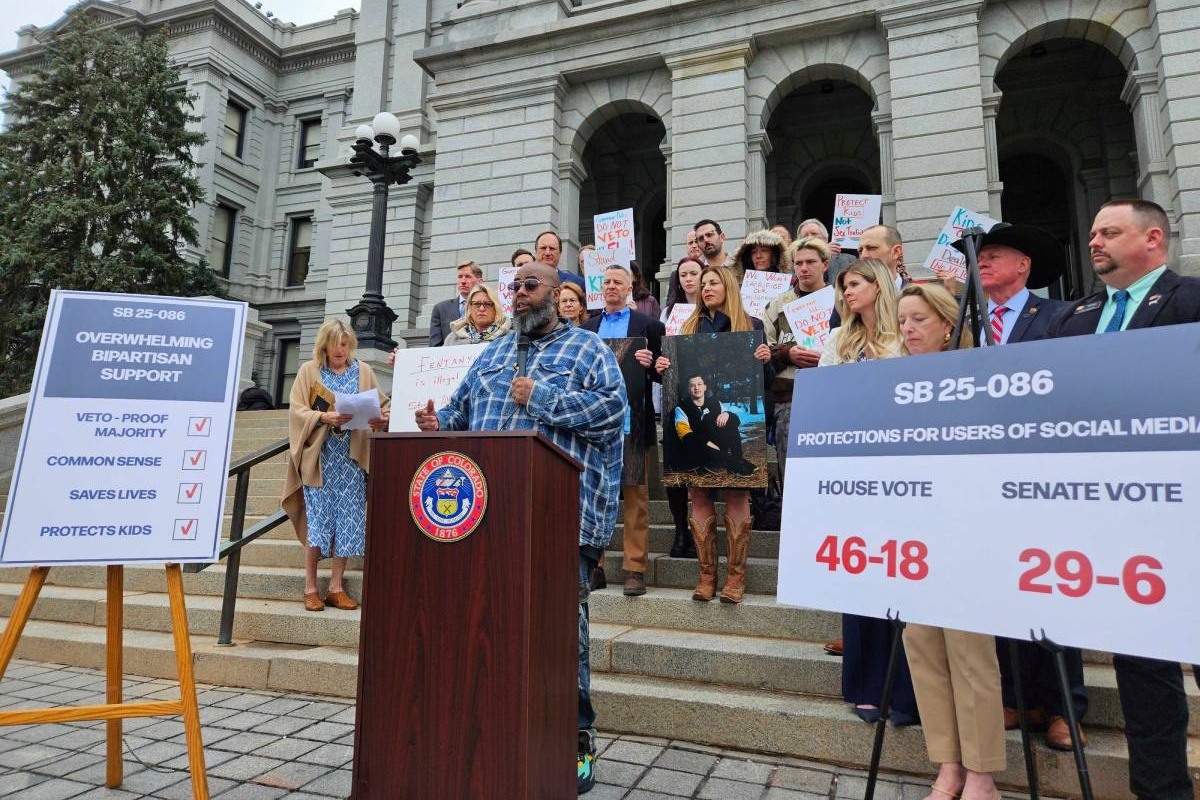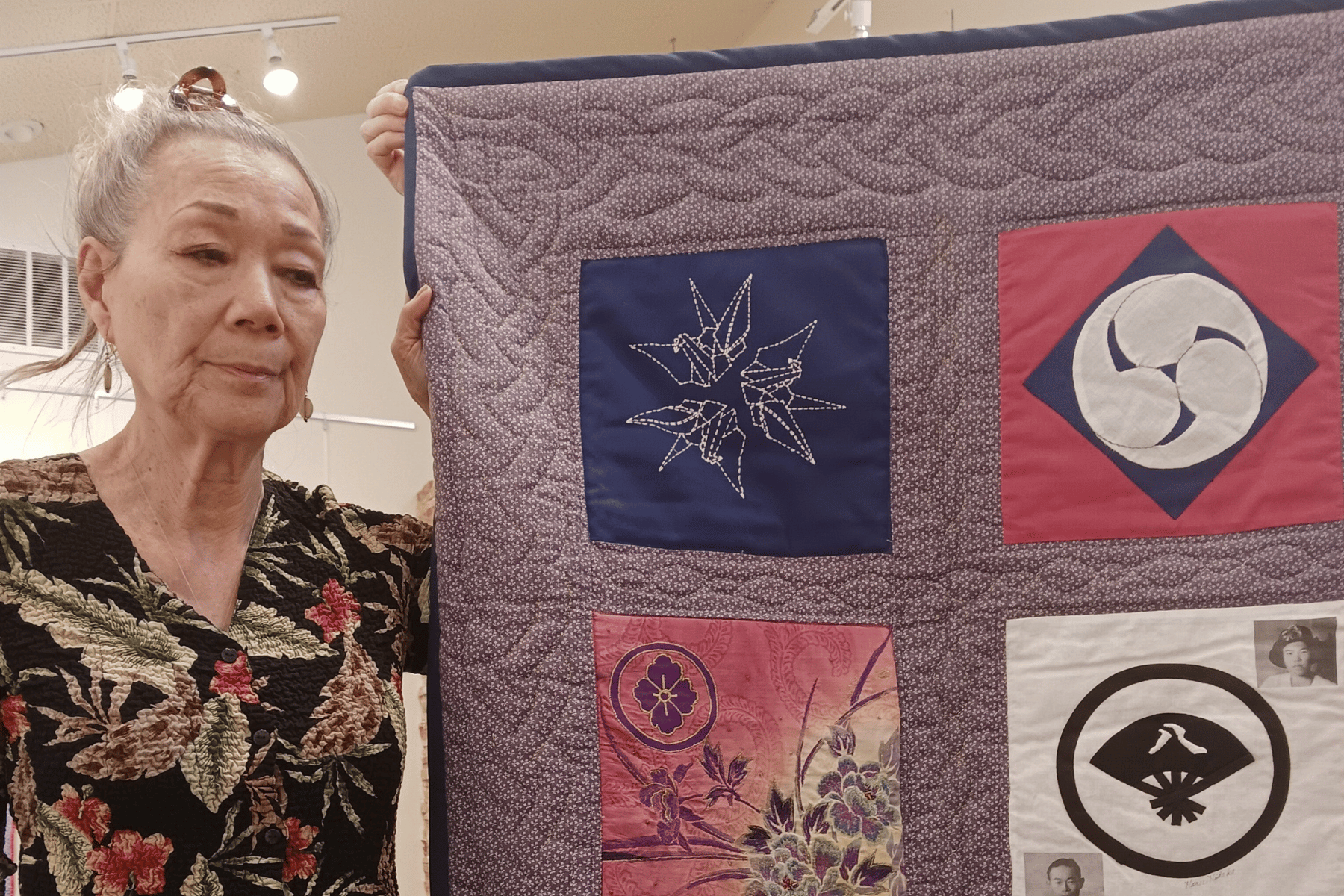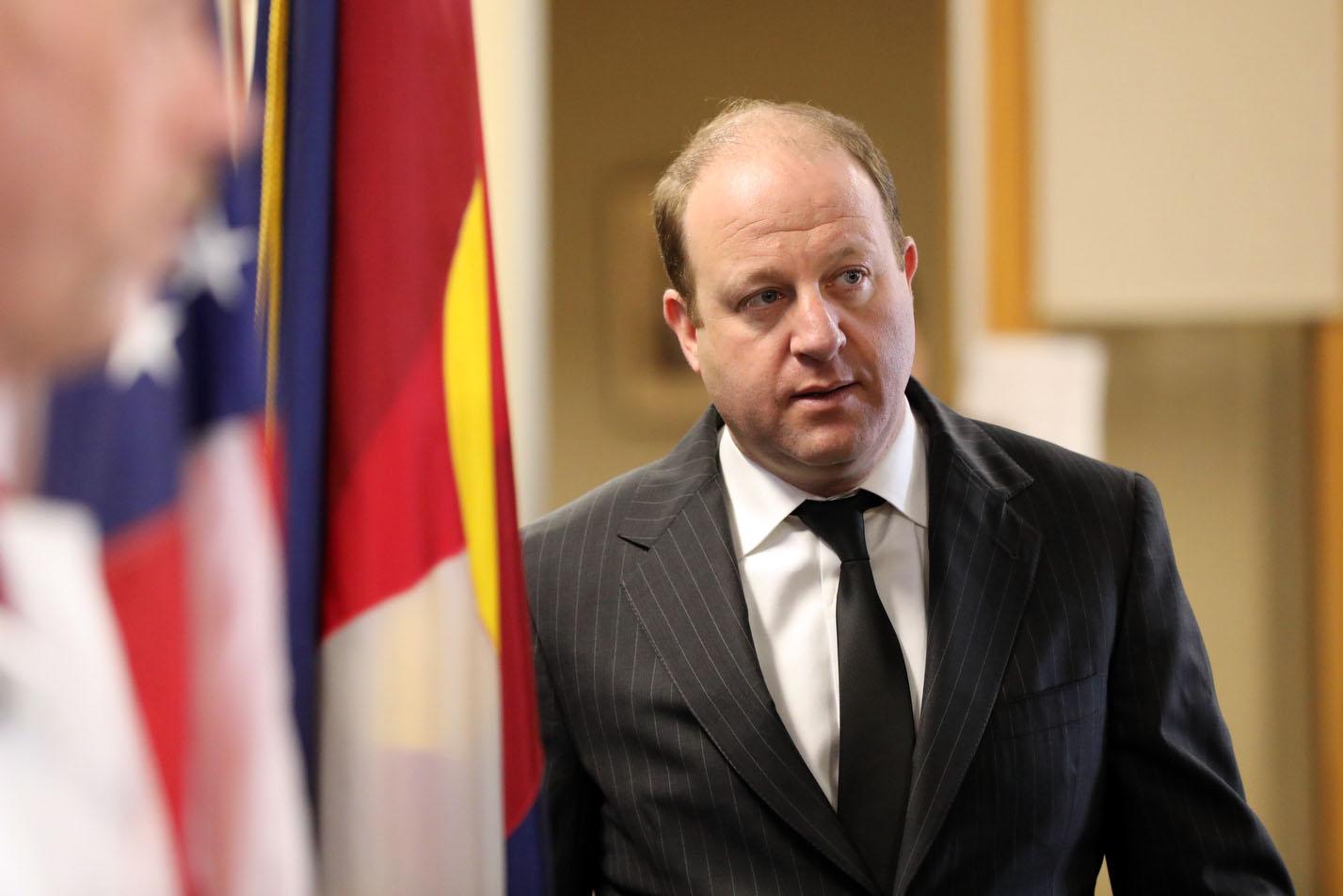
Gov. Jared Polis said his decision to ease Colorado’s stay-at-home order, which closed all but state-designated critical businesses for more than a month, came down to one fact: Many Coloradans can’t afford to stay at home any longer.
“They simply can’t pay their rent or buy food if they’re not working,” he told Colorado Matters host Ryan Warner.
Polis imposed the stay-at-home order in March to slow the spread of the virus. His new safer-at-home order allows retail stores and personal services to open Friday in most of the state, and offices to bring back half of their employees starting Monday.
Most of the Denver metro will stay under tighter rules for at least another week. Elsewhere, some counties are relaxing their regulations more quickly than the Polis plan.
Barring a vaccine or a cure, coronavirus will be around for the foreseeable future, Polis said. So it won’t be much safer to open businesses in the fall than it is now.
“The virus is out there; it’s still going to be out there,” he said. “So it’s about figuring out how to do the things that we need to do in our lives."
Polis also touted a new testing program he said will allow health officials to identify and combat small outbreaks. More testing and tracing will help prevent the need for another wide-spread shutdown, he said.
“We can take strong site-specific actions rather than wait until they lead to the need for statewide action,” he said.
The increased testing is possible partly because the state bought more than 100,000 tests from South Korea for $1.8 million. But the worldwide competition for test kits is so intense that Polis said he kept it secret when they arrived.
“We were worried that the federal government or somebody else would take them,” he said.
Interview Highlights
On a poll showing two-thirds of Coloradans would keep businesses closed longer to slow the virus and beef up testing:
“Testing doesn’t cure the coronavirus, to be clear. It identifies you as having it, you still have to stay at home. And if you go to the hospital you get treated ... There’s some promising therapies and promising studies being done. What would that mean? It would mean that there are some therapies that significantly reduce the fatality rate from coronavirus. We certainly hope that is the case but we don’t count on it. That’s why we are extending the social distancing requirements. That’s why we don’t have bars and restaurants open. It’s why there’s the strictest guidance around the safe practices around stores, similar to the guidance around the critical stores that were open during this entire period.”
On why a business like hairstyling can open, even though social distancing will be difficult:
“I think here’s what people are failing to get with the data: This virus is here for the future. So you can do one of two things. You can either say, ‘We’re not going to have salons as part of our society because we’re going to keep them closed in May and June, July and August, September, October, November.’ They’ll be closed forever. Or they can open up with strict precautions. … It’s about figuring out how to do the things that we need to do in our lives."
On buying more than 100,000 COVID-19 tests from South Korea, but not announcing they’d arrived:
“We kept it under wraps. We simply didn’t know if anybody would swoop in. I mean we didn’t want another state or the feds or anybody. … We don’t want to give the competition, which could mean other countries, could mean our own country, could mean other states -- we don’t want to give them a heads up of what we’re doing.”
On whether state budget cuts could threaten his full-day kindergarten program:
“I think we should make sure we hold harmless all the grades of school, and that we need to do cuts in a thoughtful way, not target specific grades, whether it’s third or fifth or kindergarten or 12th.”
This story has been updated with the cost of the tests Colorado purchased from South Korea.
Interview Transcript
Ryan Warner: Governor, thank you for being with us again.
Gov. Jared Polis: Always a pleasure, Ryan.
RW: You've called moving from Stay-At-Home to Safer-At-Home a calculated risk. Take me into your calculations because anyone in your position would have to answer the question, do I accept a rise in illness and death to reopen the economy? How do you answer that for yourself?
JP: Well, any decision is a calculated risk. Trying to keep people locked in their homes longer than they can possibly do it. What the data and the science show us in the projections done by CU and others is that what matters a lot more than the date that the Stay-At-Home order ends is what behavior it's replaced with that we can sustain for a period of time in May and June and July. How do we enshrine these social distancing norms into our society and the way we live and wearing masks and staying apart from others as we enter the sustainable phase, being a way of life that we can continue for many months ahead as long as necessary to avoid a peak and to make sure that we can have enough beds to serve everybody and save everybody who we can who encounters this virus.
RW: Okay. You say, "Asking people to stay home longer than they can possibly do it." What evidence do you have that Coloradans had reached that point?
JP: Well, certainly for people that can, they are staying at home and Ryan and some people can do that because they don't need to earn a living or they can have their groceries delivered. Others can't because they simply can't pay their rent or buy food if they're not working. So for people who can Stay-At-Home and have that luxury, who have that privilege, it's a great way to stay safer. For those who can't or those who don't want to, they need to reengage in a safer way as possible with a sustainable way of life that allows us to get through these next few months with a social distancing we need to avoid a catastrophic event.
RW: So what I'm hearing you say is that there had to be an economic calculation here. It wasn't purely a question of what doctors might have been telling you.
JP: Well, I think what I'm saying is that the data that was presented to us said that the end of the Stay-At-Home order date simply does not matter in terms of when the peak, of what the peak is of how many people are affected by Coronavirus. All that it determines is the timing of this and that's what we've talked about from the very start. There was never any plan in Colorado or America to eliminate Coronavirus. That might be possible in island nations like Taiwan and New Zealand, I think they've succeeded. We wish them well. We have over a million cases. The goal was to spread it out and the way you spread it out is you have social distancing over time, so there's no data that's been presented to us that says that Stay-At-Home has anything to do with what the level of that peak is. It only has to do with the timing of the peak.
RW: I think that's an interesting perspective. In other words, do you expect most Coloradans, I think you've said something to this effect before, but let's be very clear about it. Do you expect that most Coloradans over time will contract this?
JP: Oh yes, absolutely. Most Americans are going to get this, unless there's a vaccine early, which seems unlikely. This is coursing through the population. I mean there's, the known data is 1.1 million Ryan, but that is a understatement. There are many asymptomatic people never diagnosed. It's in the millions. You know, who knows whether it's three, four, five, eight, ten million Americans have had this already, but some very large number have and many more are going to get it.
RW: A respected Colorado polling firm surveyed about a thousand people earlier this month. 64 percent said they'd prefer a policy aimed at slowing the spread of Coronavirus until quoting, "more widespread testing becomes available even if that means many businesses have to stay closed." Does that indicate to you that Coloradans think you are moving too quickly?
JP: I mean what you just cited shows that they support our policies. That's what we are doing. The…
RW: I think they want more testing.
JP: Well, so do I. So does everybody. Testing doesn't cure coronavirus, to be clear. If it identifies you as having it, you still have to Stay-At-Home and if you go to the hospital, you get treated. But unfortunately, testing doesn't cure it. A cure will cure it. A cure could come before a vaccine. There's some promising therapies and promising studies being done. What would that mean? It would mean that there's some therapies that significantly reduce the fatality rate from Coronavirus. We certainly hope that that is the case, but we don't count on it. That's why we are extending the social distancing requirements. That's why we don't have bars and restaurants open. It's why there's the strictest guidance around the safe practices around stores, similar to the guidance around the critical stores that were open during this entire period. A lot of that learning and what's worked is being applied to other parts of the retail sector.
RW: Let me be clear that the lifting of the Stay-At-Home order and the transition to Safer-At-Home, is not true for everywhere in this state. So many of the Metro Denver counties, for instance, have decided to stick with Stay-At-Home until around May 8th. Just some context there. But under your rules and the parts of the state following them, hairstylists and other personal services can open today. We've gotten some listener questions about hairstyling in particular. It's not something you can do from six feet away. I can't picture scissors on a selfie stick. Why open salons up now?
JP: Yeah. I think here's what people are failing to get with the data. This virus is here for the future. So you can do one of two things. You can either say, we're not going to have salons as part of our society because we're going to keep them closed in May and June, July, and August, September, October, November. They'll be closed forever. Or they open up with strict precautions because it's not going to be any safer now than it is in September or December. I mean, it's the virus is out there. It's still going to be there. So it's about figuring out how to do the things that we need to do in our lives and I think most Coloradans would say, yeah, we, we like having, you know, an institution like salons, we think that that should exist as opposed to not exist. So let's figure out how to do it in a safe way.
RW: How do you do that?
JP: Will be with us for many years.
RW: Yeah. Paint for me the picture of a salon, it's open now. What, what? What should they be doing?
JP: So we have a detailed safety precautions at ColoradoSaferathome.com [sic] that's the website, Colorado.gov/safer-at-home. To go by each category of type of business, what you need to do in an office, what you need to do in a salon, what you need to do in a retail store that have those practices that are required under law. This is a health order, an executive order has the force of law that really ups the bar on the normal health requirements. I mean, keep in mind, even in normal times, a salon is a regulated entity. They avoid hepatitis outbreaks and other outbreaks. They sterilize equipment. They do a lot. They're being asked to do a lot more. You know, there's some folks that will want to get their hair done for a year and that's fine. If you're able to cut your own hair and you do that at home, that's absolutely terrific.
If you can't, then you're agreeing to take on that extra degree of risk to go get it just as you are if you choose to work. So people need to, you know, make those decisions in their lives, but it's not going to be any less safe now or safer now than things will be in six months or a year. So it's how do you sustain this, right? How do you do this where you have, with the virus out there, just as you do for other conditions? How do you manage that with a lifestyle sustainable for the medium and long-term?
RW: If you were staying at home right now and acting and planning to never get Coronavirus, you're saying that's not actually the goal. The goal all along has been to avoid a surge that inundates the hospitals.
JP: I think there's some people that are in a position where they can Stay-At-Home for a very long period of time, for six months or a year, minimize their interactions, wear masks, go to the grocery store. If that's the way people want to live their lives for six months or a year, then they do significantly reduce their chances of contracting coronavirus and effectively what they're doing is they're waiting it out until there's a vaccine, which could be nine months, 12 months, 18 months. I think there will be, Ryan, and even before a vaccine, and there can be therapies and cures that have some improvement on the situation. We might be on the threshold of some of those marginal ones already. So yeah, there, there will be some people that can do that, but obviously the vast majority of people can't do that. They can't not earn income and work for a year. Most people can't do that. So many of them will encounter the virus absolutely. And many have already.
RW: Governor, your stance on testing, I have to say has confused me and listeners I think share the confusion based on some of what we heard on Twitter. So let's clarify it here. On one hand you've said testing is an important puzzle piece, but in the past you've sounded almost put off when you're asked about testing, telling people, listen, stay home if you have symptoms, don't go out, rush to get tested. It's not like there's any treatment anyhow, right now. Square those two thoughts for me so I really understand where you stand on testing.
JP: We have acted aggressively to increase testing in Colorado where we increased at 10 times from where it started. We have free testing today. I think Kroger's in Boulder and in Greeley and we've been all over doing drive through clinics. I think we were one of the first states to do drive through testing, but from an individual perspective, what people say is, I'm sick. Do I have COVID-19. Well, people really want to know, there's no benefit beyond the psychological one to knowing. There's no benefit to your health from knowing, because if you need the medical care, you need to call 911 and go in. But for 90-95 percent of the people that attract COVID, you just get better in your home. And maybe you want to know later, was it the flu, was it COVID, what was it? You can take an antibody test and it'll tell you that.
But you know there's, there's been this sort of mad focus on testing when what's actually more important here is the social distancing, protecting our most vulnerable, which testing has a role in that and it's not what you think. It's not testing people who are sick. It's actually testing people who are healthy, which is what we're doing. We're testing the workers that go in to senior facilities because many of them can be asymptomatic. About half the people who have COVID-19 have no symptoms, but they're contagious. So how do we screen people out of the workforce that encounter people that have a much higher fatality rate?
And so we're doing that and we're partnering with CSU to do that. And we're using the Colorado National Guard to do that. But again, we're testing people that are perfectly healthy to no symptoms because it's very important to find out if they are bringing it into our senior care facilities that have a much higher fatality rate.
RW: Square this for me, you're, you're such a data guy and yet you say there's no benefit to testing, which is data. It tells you how the disease is behaving. It tells you where hotspot. So I don't, I don't understand how the data guy says there's no benefit.
JP: Oh, there's enormous benefits on the data side. I was talking about clinical benefits of the patient in knowing.
RW: Okay, okay.
JP: We absolutely want to know everything that's going on and we find that out. There's antibody tests, there's the active viral test, there's the symptom tracker. There's a lot of ways we do that. The more the better on the data side. When we talk to the general public, we're talking about it from, from your perspective as an individual, there's no clinical benefit to knowing. If you need medical care, you go in. If you don't, you know, you should get better in a few days or a week. It just depends.
RW: The symptom tracker is a website from the state where you can enter in symptoms and it may help create a sort of heat map. What would prompt you to move from Safer-At-Home, back to Stay-At-Home? What would prompt you to say we've gone too far, it's too loose?
JP: Well, the goal is really to really find site-based or community-based outbreaks and act boldly and decisively with regard to those sites. So what that means is if there's an outbreak at a particular factory or building, you lock down the folks and put people in quarantine in and around that rather than the whole city, rather than the whole County and rather than the whole state. So it doesn't mean there won't be times when Stay-At-Home might be required of certain people in this state at certain times. But we hope to be able to do that earlier with the visibility, you talked about the importance of testing. Testing is a key piece of that early visibility into where outbreaks are occurring. So we can take strong site-specific actions rather than wait until they lead to the need for statewide action.
RW: More than a week ago, Colorado Senator Cory Gardner announced that he'd helped negotiate a deal for the state to buy 100,000 tests from South Korea. Maryland apparently negotiated something similar and its governor was so concerned about federal seizure that he had his National Guard in place to protect the tests. Have Colorado's tests arrived, first off.
JP: Yes. We didn't tell anybody about it until after they got here for that very reason. We were worried that the federal government or somebody else would take them. So once they got here, we talked about it. They're here, they're being deployed. We're one of only two states acquired over a hundred thousand tests from South Korea. We're, we're very excited to deploy those.
RW: How did we pay for them?
JP: Cash. Hard, cold, cash. We, the emergency funds that we've used for this crisis. So we had to pay basically on arrival with some deposit. And so we had to work with the ambassador to South Korea and others to make sure that this was on the up and up. It was with a major South Korean corporation. And we did once they arrived, complete the payment.
RW: You were so concerned that the feds might swoop in as they had with ventilators that you kept this under reps?
JP: Well, yeah, we kept it under wraps. We simply didn't know if anybody would swoop in. I mean, we didn't want another state or the feds or anybody. The danger with the feds and the FEMA in particular is they often, you know, go to the front of the line in acquisitions. This is what happened to us with regard to a ventilator acquisition where, you know, we were basically told by the legitimate company and the CEO that, look, FEMA has delayed all the state orders. So, you know, it's not canceled. Maybe you'll get it someday in six months. But basically FEMA is buying our entire production for four months. We can't fulfill yours. So yes, we don't talk about things till they're here. I guess for two reasons. One is we don't really know that we have until they're here because you never know what's happened with the global supply chain. But the other is, yeah, we don't want to give the competition, which could mean other countries, could mean our own country, could mean other states. We don't want to give him a heads up of what we're doing.
RW: I want to talk one more aspect around testing and it actually intersects with another story that's been in the news, which has to do with meat packing plants. So you've said if the feds are going to require that meat packers keep their plants open, there ought to be commensurate testing for workers. Of course we know there was an COVID-19 outbreak at a plant in Greeley. On Wednesday you said you'd look at the president's order, that is to keep meat packing plants open " with a fine toothed comb." Have you run that comb yet through this and have you turned up anything notable?
JP: Well we're doing the legal analysis, but what we're also doing is we are doing the testing that frankly I think the federal government should be doing since they did this executive order. Meaning we are set up this week just a mile from the JBS plant doing community testing, testing for free. Over a thousand people have been tested. It's not just the JBS employees, it's friends, families, community members, to really get eyes and ears on what exactly is going on to inform our future health decisions.
RW: I want to talk a bit about schools which are currently scheduled to reopen in the fall. You can just picture parents crossing their fingers at that. We got a question from a student, Ethan Reed who goes to Legend High School in Parker.
Ethan Reed: Will our schools be safe? I hope to get back to school next year, but at the same time I'm just really concerned and worried.
JP: Well, Ethan, there's no regular classroom instruction for this year. We're going to finish out the year online. The next few weeks. There'll be some sort of meaningful graduation ceremony. It won't be the type of commencement that we're accustomed to. It might be virtual, it might be delayed, might just be the students without the families there. And then we're working on making sure that we have the best and the safest practices in our schools for when we return to classroom instruction this coming fall.
RW: And to those who are concerned, because you talk about the fact that coronavirus is, you know, without a cure or a vaccine, this is going to be present. It's going to be a threat. And what would you say to kids and to their parents who are concerned about school as mass gathering? Does that make sense?
JP: Yeah. So the, well before August, really in the next month or two, working with superintendents and others, we're creating the way that schools can operate in as safe a way as possible. Now we have lot to learn internationally. In Denmark, it's similar size in caseload to Colorado. Kids went back to school what about a week and a half ago now. So we're getting a lot of data and learning from other places as we look at how schools can go back in the fall in the safest way as possible.
RW: There are usually 20 some kids in a classroom. I mean, is it realistic to get them situated six feet apart?
JP: Yeah. So that's the challenge that schools have. It's around how we can avoid what's called passing time, which is, you know, all 600 kids in the school and the hallways at the same time. How we could have more small group work, how we can make sure that we have safe physical distances between people while students are learning. And of course keeping the staff safe as well. It's about the students. But it's also about the teachers and others that work in the school and making sure they're in a safe environment.
RW: Those are the types of details that you're working on. Then let's talk a bit about the budget before we go. So there is a dilemma already facing lawmakers economically who are looking at a possible $4 billion in cuts, K through 12 education, of course is about a third of the state's budget. During the last recession, lawmakers took a lot of money from schools. Some of that has been restored over the last several years, but do you anticipate that schools will take a big cut again?
JP: Well, there's going to be belt tightening across our entire economy. I mean families are feeling it in lost income. Cities and counties are feeling and of course the state government's going to be feeling that too. Now we don't know exactly what that'll look like yet for two reasons. One is we're waiting on our budget projections. They come out the second week in May. That's what we're going to base this off of. The second is the federal government has already authorized one bunch of money for states and local governments and they're likely to do another that will also be part of the budget. But yeah, of course it's appropriate that in, in difficult economic times, the private sector tightens their belt, families do and so does the state.
RW: One signature victory from your first year in office was full day kindergarten and the budget writers are considering a scenario where that would have to go. What, what's your reaction?
JP: Look, I don't want to eliminate any grade, but I would be more open to eliminating part of 12th grade than kindergarten. But they're all important. I think we should make sure we hold harmless all the grades of school and that we need to do cuts in a thoughtful way. Not target specific grades, whether it's third or fifth or kindergarten or 12th. But yes, there would be more room on the higher grades, like 12th than on the lower grades. But I really think we should look at all the grades together in an integrated way.
RW: How would you cut part of 12th grade?
JP: Well, I wouldn't, I think that we should keep all the grades whole as I mentioned. I think you have to look at the education system holistically and that includes all the way from preschool through 12th grade through community college and college level. You know, I don't think that this discussion of pitting certain grade levels against one another is very productive way to go. I think we need to figure out how we can whether this and get through this as a state.
RW: Ironically, although the focus has been on keeping hospitals from a deluge of COVID-19 cases, some hospitals are in financial trouble. Fox31 quotes the Colorado Hospital Association is saying that hospitals stand to lose $3 billion this year. Given the budgetary constraints, would there be anything the state could do to help them, to sort of see them as too big to fail, that's to borrow a turn of phrase from an entirely different situation.
JP: Well, the state is a big payer to the hospitals largely for our Medicaid program. There was also additional assistance for hospitals in the federal bills. The Cares Act included money for directly for hospitals precisely because of this reason.
RW: Do you think that's ample support for them? I mean, is it, is it all that they should expect?
JP: Well, you know, again, it also depends on exactly what hospital. I think part of the reason that April was a difficult month for hospitals is we had to delay all of the elective surgeries, the non-emergency surgeries that people need, that is now no longer in effect. Those can occur. They are occurring. That is a critical part of the business model of hospitals. So just as many of us have made sacrifices in April and didn't work, and people closed their stores and delayed their businesses, hospitals too, weren't doing any of those non-emergency procedures during April. But they are, they are back.
RW: Governor, thanks so much for your time.
JP: Thank you.
